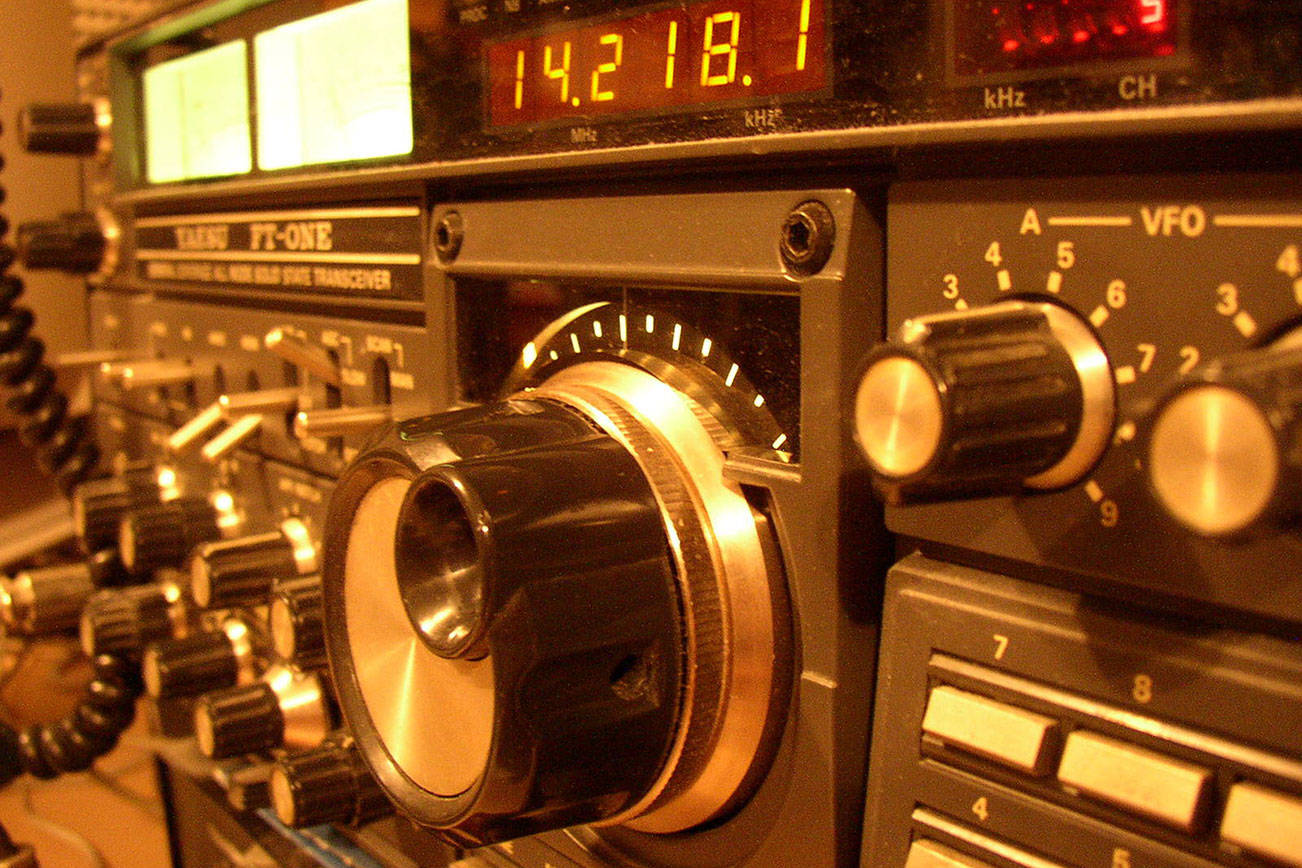Members of the Auburn Area Emergency Communications Team participate in the national Amateur Radio Field Day exercise June 23-24 at Game Farm Wilderness Park, 2401 Stuck River Drive SE.
The public is encouraged to attend on Saturday, June 23, from 1 to 8 p.m.
Since 1933, ham radio operators throughout North America have established temporary ham radio stations in public locations during Field Day to showcase the science and skill of amateur radio. This event is open to the public and all are encouraged to attend.
For more than 100 years, amateur radio – sometimes called ham radio – has allowed people from all walks of life to experiment with electronics and communications techniques, as well as provide a free public service to their communities during a disaster, all without needing a cell phone or the internet. Field Day demonstrates ham radio’s ability to work reliably under any conditions from almost any location and create an independent communications network. More than 35,000 people from thousands of locations participated in Field Day in 2016.
“It’s easy for anyone to pick up a computer or smartphone, connect to the Internet and communicate, with no knowledge of how the devices function or connect to each other,” said Dave Isgur of the American Radio Relay League, the national association for amateur radio. “But if there’s an interruption of service or you’re out of range of a cell tower, you have no way to communicate. Ham radio functions completely independent of the internet or cellphone infrastructure, can interface with tablets or smartphones and can be set up almost anywhere in minutes. That’s the beauty of amateur radio during a communications outage.”
“Hams can literally throw a wire in a tree for an antenna, connect it to a battery-powered transmitter and communicate halfway around the world,” said Sean Kutzko of the American Radio Relay. “Hams do this by using a layer of Earth’s atmosphere as a sort of mirror for radio waves. In today’s electronic do-it-yourself environment, ham radio remains one of the best ways for people to learn about electronics, physics, meteorology and numerous other scientific disciplines, and is a huge asset to any community during disasters if the standard communication infrastructure goes down.”
Anyone may become a licensed amateur radio operator. There are more than 725,000 licensed hams in the United States, as young as 5 and as old as 100. And with groups such as the Auburn Area Emergency Communications Team, it’s easy for anybody to get involved right here in Auburn, WA.
For more information about Field Day, contact Scott Currie (ns7c@arrl.net) or visit arrl.org/what-is-ham-radio.


